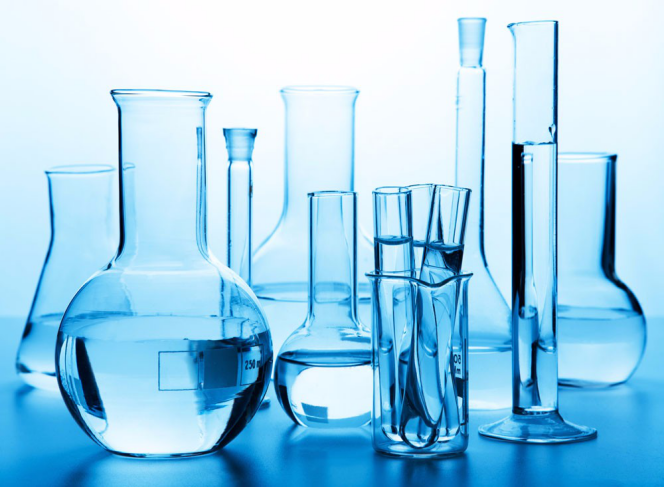2. When the frogs are mixed and raised, they must also be sorted by size and kept in different ponds to avoid eating too much. The polyculture density of young frogs depends on the individual size. Generally just metamorphosis of the young frog, polyculture 100 to 120 per square meter; weight 25 to 50 grams of young frogs, polyculture of 50 to 60 per square meter; weight 60 to 100 grams of frogs, polyculture 25 to 2 per square meter 30 only.
3. Feeding Management (1) Feeding Bullfrogs rely mainly on artificial feeding. The artificial feeds that can be fed include fly larvae, yellow mealworms, cockroaches, small trash fish, loach, animal viscera sliced ​​into strips, and artificially-combined pellet feeds. Freshly metamorphosed frogs should be fed with smaller live baits such as fly maggots, leeches, and mealworm larvae. After 1 or 2 days, domesticated feeding of dead baits began. When taming food, we must use the characteristics of frogs only to take “living†bait. First, add a small amount to the live bait to make dead baits similar to the size and shape of live baits (such as animal visceral strips, buoyant puffed baits, or soft pellet baits). Into the bait station for cubs feeding (the bottom of the bait station is immersed in water about 2 cm), larvae feeding live bait in the bait station will cause the dead bait to "live" and thus be eaten by young frogs. Later, with the progress of domestication, the number of dead baits gradually increases until the young frogs are completely habituated to eat dead baits. This process takes about 15 days or more. The young frogs should pay attention to the principle of "four rules". Quantitative, fresh live feed amount is generally 10% to 15% of the weight of the frog, artificial feed is 5% of the weight of the frog, and the quality, bait size should be palatable, fresh, and can not be fed metamorphic bait; regular, daily investment Feed 2 times, 9am and 4pm; Positioning, bait should be placed on the bait station, and the bait station should be evenly distributed.
Fluorescent lamps can also be used to trap insects at night for frogs to prey. In order to trap more insects, it is best to put two layers of fluorescent lamps, the lower layer hanging 30 cm above the ground, the upper layer hung in a height of 2 meters, and cover with a protective net to prevent the frogs from touching the lamp when preying. The trapping of insects is limited, and it is only a supplemental way for the feed of bullfrogs.
(2) Water quality management The water temperature should be maintained at 23°C to 30°C. In summer, shade sheds should be placed on young frog pools, and deepen the water level to control the water temperature. After metamorphosis, the water quality of the bullfrog is lower than that of the quail, and no fertilizer is needed. As long as the water is frequently changed, the lean water quality can be maintained.
(3) Divided ponds The young raised frogs are raised to a certain stage. The frogs should be graded in time and then evacuated to other ponds at an appropriate density to prevent mutual killing.
(4) Anti-escape and damage prevention should always check the anti-escape facilities, find loopholes, and timely block up; The discovery of snakes, rats, and other predators must be eliminated in time.
We are a manufacturer and supplier of raw materials and intermediates for pharmaceuticals. Our focus is on providing customers with high quality, fair priced products, coupled with our broad range of technical know-hows on fundamentals, vast industrial experience on applications, professional expertise on health and safety, and efficient logistics on customer services. Our intermediates products range covers many different kinds of API, we have established good market for our intermediates in India, Korea and EU. Besides the products of Ziprasidone Intermediates, Ibrutinib Intermediates, Lcz696 Intermediates , Palbociclib Intermediates and Tazobactam intermediates, we have other strong intermediates like Tazobactam Intermediate with CAS No. 288-36-8.
All of our products are with stable production and strict quality control, making sure your experience with Sunshine Biotech is always enriching, satisfying and fulfilling.

Other Intermediates
Other Intermediates,Tazobactam Intermediate,Pharmaceutical Intermediates,Dye Intermediate
Nanjing Sunshine Biotech Co., Ltd , http://www.sunshine-bio.com